Meta analysis of the effect of aerobic exercise on inflammatory factors and glucose and lipid metabolism in patients with type 2 diabetes mellitus
Rui-Ying Guo, Ya-Lin Yu, Xue-Yan Zhang, Hui-Xin Li, Yu-Dong Su, Ding-Yang Tian, Min Dong, Bo Dong
1.Shandong University of Traditional Chinese Medicine, Jinan 250014, China
2.Department of Cardiology, Shandong Provincial Hospital Affiliated to Shandong First Medical University, Jinan 250021, China
Keywords:Aerobic exercise Type 2 diabetes Randomized controlled trials Meta-analysis
ABSTRACT Objective: To explore the effects of aerobic exercise on the levels of inflammatory factors in patients with type 2 diabetes. Methods: Randomized controlled studies (RCTs) on the effects of aerobic exercise on inflammatory factors in patients with type 2 diabetes were searched from electronic databases. Two researchers independently screened the literatures for data extraction and quality assessment. Meta-analysis was performed using RevMan 5.4 software.Results: A total of 17 literatures were included, including 1186 patients. The results of Metaanalysis showed that aerobic exercise significantly reduced the plasma levels of CRP, TNF-α,IL-6, and leptin in T2DM patients, but did not significantly reduce the plasma concentration of adiponectin. However, the left and right asymmetry of the "inverted funnel" plot indicated that there was a certain publication bias in the included studies. Conclusion: Existing evidence shows that aerobic exercise has a good effect on the improvement of chronic inflammatory state in patients with type 2 diabetes mellitus, suggesting that lifestyle changes can play a good role in adjunctive therapy.
1. Introduction
According to the International Diabetes Federation (IDF), 451 million people had diabetes in 2017, and this figure is expected to increase to 693 million by 2045[1]. As one of the countries with the fastest growing prevalence of diabetes in the world, China is mainly due to the sharp increase in the incidence of type 2 diabetes (Type 2 Diabetes Mellitus;T2DM)[2]. Patients with chronic T2DM can cause multisystemic severe complications[3], Including kidney disease,cardiovascular disease, peripheral neuropathy, periodontitis, etc.,causing a serious medical economic burden.
The present study shows that type 2 diabetes is a chronic lowlevel inflammation, mainly manifested by increased nonspecific inflammatory factors and increased plasma concentration, including acute phase response protein: C response protein; cytokines: t umor necrosis factor- α , interleukin 6 , leptin, adiponectin, etc[4]. Several cross-sectional studies have suggested important associations between the development of type 2 diabetes and inflammatory factors that can be involved in causing insulin resistance through participation in interference with insulin signaling[5]; Simultaneous destruction of islet B cells resulted in insufficient insulin secretion[6]; The disorder of glucose and lipid metabolism under the action of inflammatory factors intensifies, which promotes the occurrence of complications and the occurrence and progression of type 2 diabetes.The results of a recent m eta analysis show[7]:Risk events in diabetes patients are associated with elevated plasma inflammatory factor (TNF-α, IL-1β, IL-6, IL-18) and decreased plasma adiponectin levels.Lifestyle changes including aerobic exercise are a first-line means of controlling the progression of diabetes type 2 in the consensus guidelines[8]. Moreover, aerobic exercise, meanwhile, has been considered an important part of diabetes controlling vascular complications[9]. Among them, the anti-inflammatory effects of aerobic exercise have recently attracted more attention, but the results data are not consistent.Maria[10]Aerobic exercise was found to reduce plasma C RP levels and adjust for disordered glucose and lipid metabolism, but had no significant effect on plasma I L-6, T NF-α.While, the Shehab[11]Plasma C RP, I L-6, TNF-α levels were found significantly reduced in all the aerobic groups.Considering differences in characteristics and sample sizes may affect the results.Therefore, it is necessary to summarize and comprehensively analyze the relevant published literature based on this problem.Previous meta analyses showed the effect of exercise on inflammatory factor levels in the T 2DM population[12-13]However, no systematic meta analysis of the effect of aerobic intervention in type 2 diabetes.Therefore,this paper aims to explore the effect of aerobic exercise on various inflammatory factors in patients with type 2 diabetes.
2. Materials and Methods
2.1 Source
The language of literature before 2021.09 was searched in PubMed, C ochrane, Embase, Web of Science, CNKI, 10,000 square, Vip, etc., along with the additional references attached to the literature.English key words are: "t ype 2 diabetes" "aerobic exercise" "inflammation", etc., using M eSH theme words and free words way of retrieval.The Chinese keywords are "type 2 diabetes","aerobic exercise", "inflammatory factor" or "inflammatory factor".The main search words were extended searched according to the specific requirements of the database, such as "inflammatory factor"and "inflammatory factor" and connected with "or".A total of 615 documents were retrieved, and after excluding duplicates, 203 documents were obtained, 139 were excluded by reading abstracts and finally 17, including 13 in English and 4 in Chinese.All were RCT (randomized-controlled trial randomised controlled trial).
2.2 Inclusion and exclusion criteria
2.2.1 Inclusion criteriaSelected literature and studies must meet all the following criteria:1) randomized controlled trial, including aerobic and control groups;2) study subjects are clearly diagnosed type 2 diabetes, without the absence of complications; 3) aerobic intervention time is more than 4 weeks (including 4 weeks); 4) multiple studies; 5) publicly published literature with complete data in Chinese and English.
2.2.2 Exclusion criteria
1) patients with type 1 diabetes and patients with impaired fasting glucose; 2) self-control trials; 3) animal experiments; 4) review /conference summary / case study, etc.; 5) Full data not available; 6)suspected duplicate published or updated literature included in the most complete data report.
2.3 Data extraction
Extracted data, 2 researchers independently made the table and extracted the research literature, including: 1) general data: first author, publication time; 2) baseline data: average age, body mass index, type 2 diabetes disease time; 3) intervention: experimental duration, duration of aerobic exercise, frequency and mode of aerobic exercise; 4) outcome index: C RP, T NF-α, I L-6,adiponectin and leptin.
2.4 Quality Evaluation
Two researchers independently evaluated the methodology quality of the R CT included literature using the R CT bias risk assessment tool provided in the Cochrane system. If the two researchers were inconsistent, the third researcher was evaluated.
2.5 Statistical analysis
To systematically evaluate the included literature using Cochrane Revman 5.4 software.All included data in this study were continuous variables with mean difference (MD) or normalized mean difference(SMD) as merged statistic using random effect model or fixed effect model.I and P values analyzed the heterogeneity between the studies, As statistically show less heterogeneity (P> 0.1, I²<50%),The Meta analysis was performed using a fixed-effect model (Fixed Effects Model); If statistics show greater heterogeneity between study heterogeneity (P <0.1, I²50%), A random-effect model(Randomized Effects Model) was used, And based on the possible intermediate variables that lead to heterogeneity, Subgroup analysis was used to eliminate heterogeneity, Finally, the full results are presented by the forest plots.
3. Results
3.1 Literature search results
62 documents were retrieved from Chinese database, 553 documents were retrieved in English database, and 17 documents were finally included, including 13 English documents and 4 Chinese documents.See Figure 1 for the specific flow. Basic information on the included literature is shown in Table 1.

Table 1 Quality Evaluation Table of this study
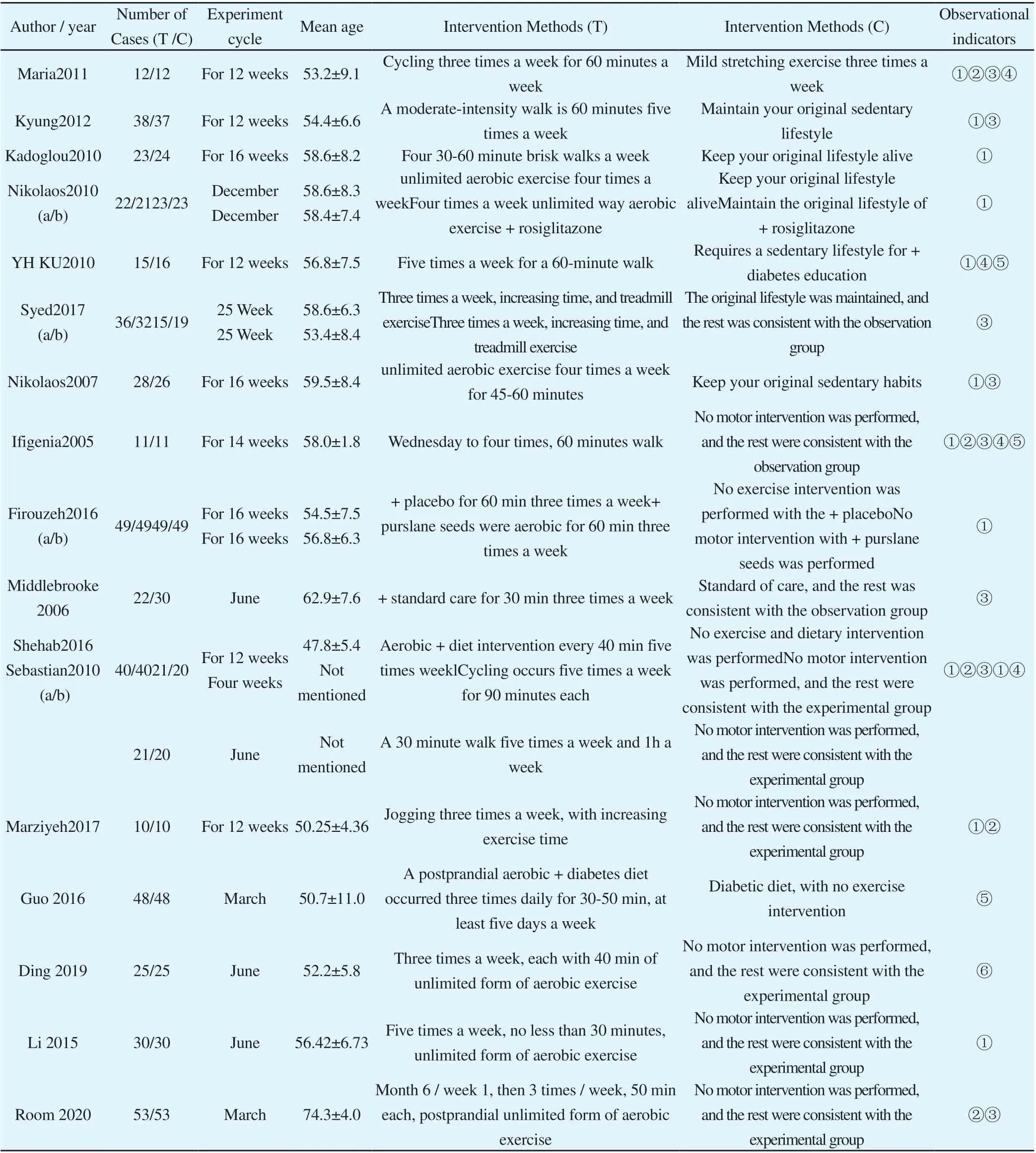
Table 1 Basic information of the included study
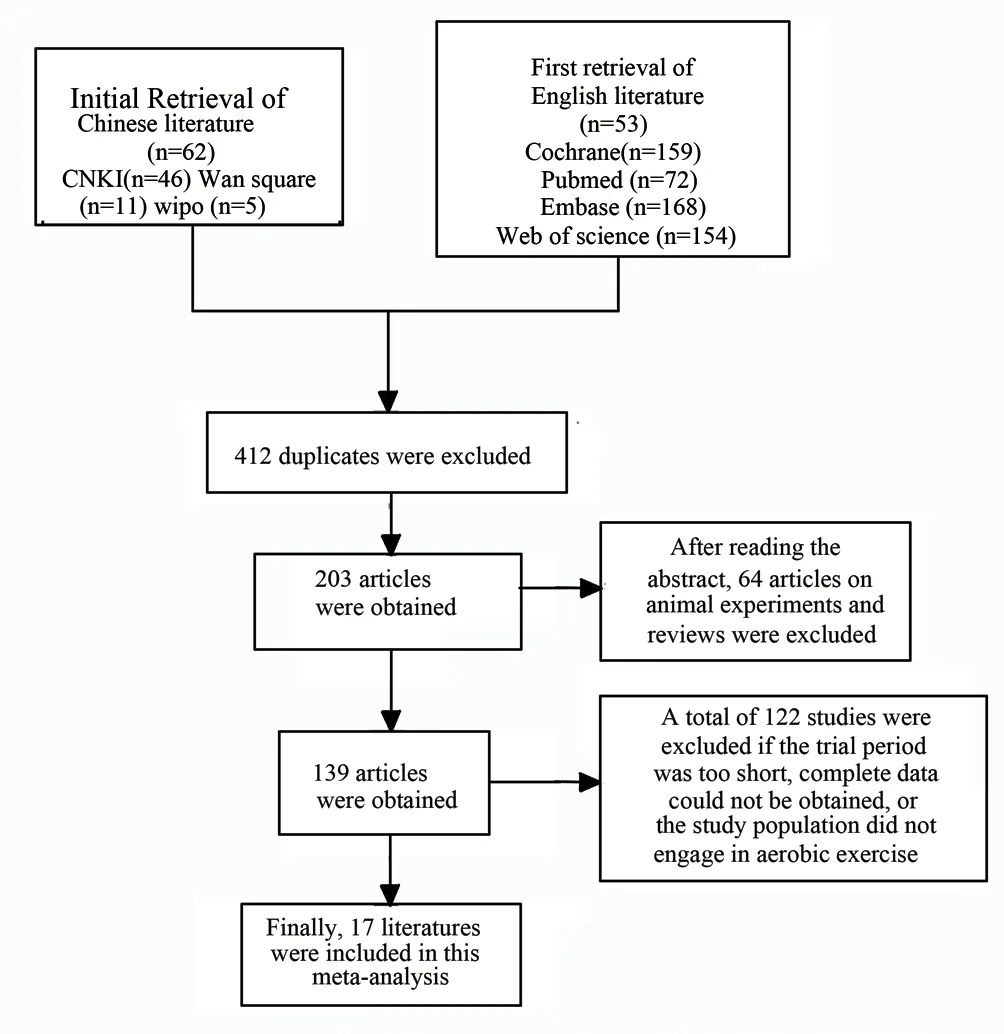
Figure 1 Flow chart of study screening
3.2 Methodological quality evaluation
Seventeen literature articles were included, including 10 literature studies reported randomization methods and the remaining did not mention the randomization method or the method was at high risk.No literature was implemented as double-blind.Only 1 literature[11]Blind method was used for clinical evaluation and laboratory analysis reports.In the outcome data report, all literature reported preset outcome indicators, all evaluated as low risk.Other bias in the 17 literature was evaluated as uncertain risks, see Figure 2.
3.3 Results of the meta analysis
3.3.1 Plasma CRP
A total of eleven studies were included[10,11,14,17,18,20,21,27]As a result, tested for heterogeneity among groups (P <0.05, I²=89%),Meta analysis using random effects models showed a significant decrease in plasma C RP levels in aerobic subjects compared to type 2 diabetes without cardio [SMD= -1.23,95% CI(-1.79,-0.67),P <0.05], see Figure 3.The results of this study were highly heterogeneous, and no obvious source of heterogeneity was found by subgroup analysis and sensitivity.Considering that the heterogeneity may be related to the measurement methods and tests, the results need to be further confirmed by multicclinical studies with large samples.
3.3.2 TNF-α
A total of four studies were included[10,11,14,28]As a result,heterogeneity test, smaller between groups (P =0.20, I²=35%), Meta analysis using a fixed effect model showed a significant decrease in plasma TNF-α levels in those undergoing aerobic exercise compared to type 2 diabetes who were not aerobic [SMD= -0.68,95%CI(-0.95,-0.42),P <0.05], see Figure 4.
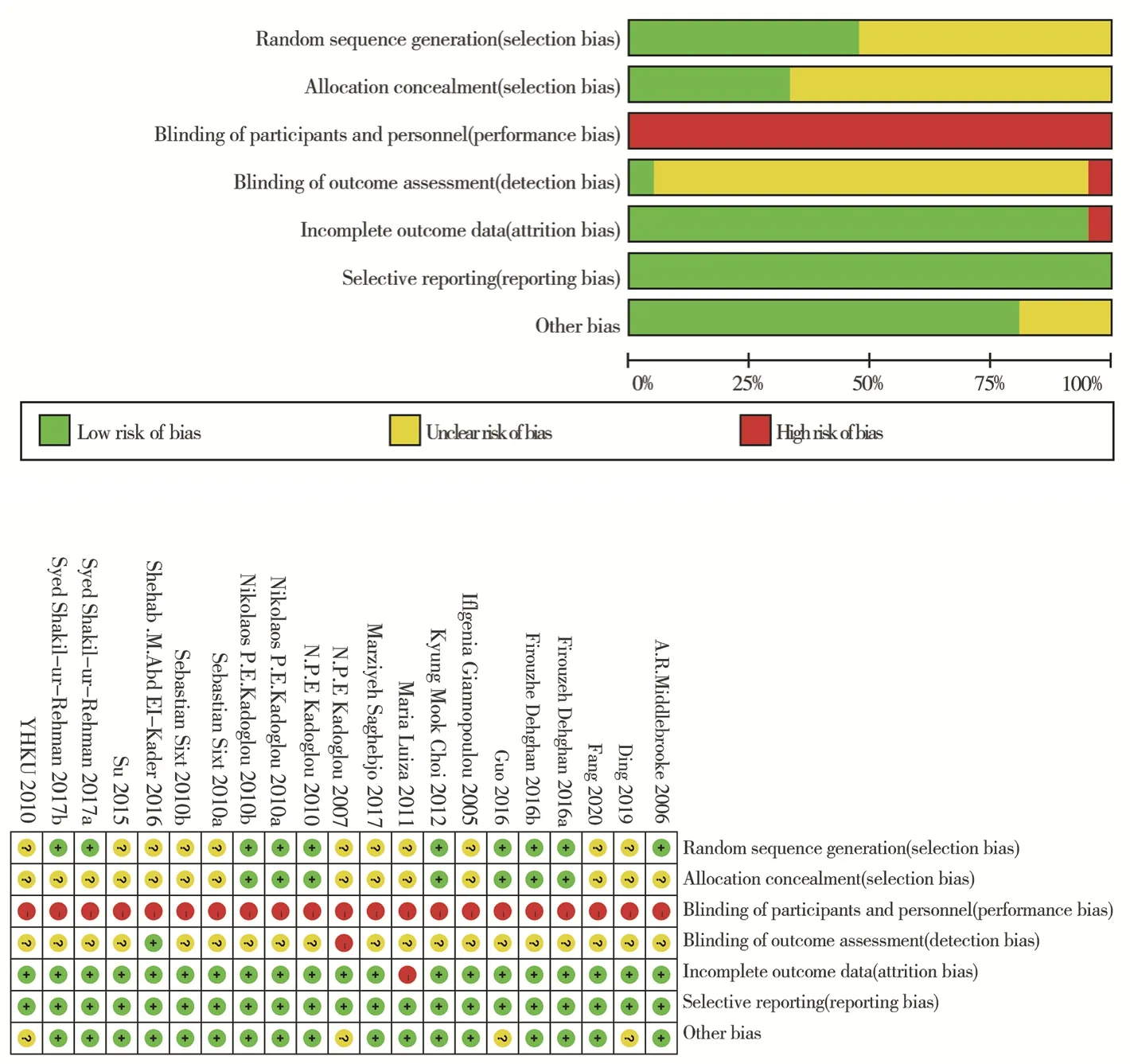
Figure 2 Percentage of included study that produced the risks of bias
3.3.3 IL-6
A total of seven studies were included[10,11,18,23,24,28]As a result,high heterogeneity among groups (P <0.05, I²=77%), and Meta analysis using random effects models showed a significant decrease in plasma IL-6 levels in those undergoing aerobic exercise compared to type 2 DM who did not perform aerobic exercise (SMD=-0.60,95% CI(-1.04,-0.16),P <0.05], see Figure 5.Considering that the level of weekly movement frequency may be a source of heterogeneity, subgroup analysis according to weekly movement frequency showed less heterogeneity between groups by motor grouping (P <0.05, I²<50%), and increased exercise frequency may favor lower plasma I L-6 levels, see Figure 6.
3.3.4 Results of conectinA total of five studies were included[10,15,20,22]As a result, tested for heterogeneity, less heterogeneity between groups (P =0.72,I²=0%), and Meta analysis using a fixed-effect model showed no significant changes in plasma adiponectin levels in aerobic subjects compared to type 2 diabetic patients who did not perform aerobic exercise [SMD=0.09,95% CI(-0.22,0.41),P> 0.05], see Figure 7. No significant changes were found in the sensitivity analysis.Therefore,it was considered that aerobic exercise showed no significant changes in plasma adiponectin levels.
3.3.5 Results of leptinA total of three studies were included[15,22,25]As a result, with a heterogeneity test, less heterogeneity between groups (P =0.41,I²=0%), and Meta analysis using a fixed-effect model showed a significant decrease in plasma leptin levels in those undergoing aerobic exercise compared to type 2 diabetes patients who did not perform aerobic exercise [SMD= -0.69,95% CI(-0.96,-0.03),P<0.05], see Figure 8.
3.3.6 Published biasFunnel plots were made from the plasma C RP results (Figure 9),and the results showed a possible publication bias.

Figure 3 Forest map of meta-analysis of Plasma levels of C-reactive protein (CRP)

Figure 4 Forest map of tumor necrosis factor - (TNF- ) plasma levels in a meta-analysis

Figure 5 Forest map of meta-analysis of interleukin-6 (IL-6) plasma levels
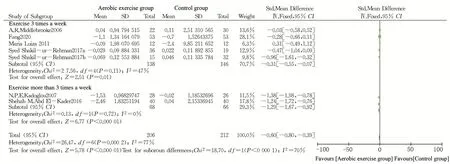
Figure 6 Forest map of meta-subgroup analysis of interleukin-6 (IL-6) plasma levels

Figure 7 Forest map of a meta-analysis of adiponectin plasma levels

Figure 8 Forest map of a meta-analysis of leptin plasma levels

Figure 9 Publish bias funnel plots
4. Discussion
Numerous modern clinical epidemiological studies show that subclinical chronic inflammation is one of the characteristics of type 2 diabetes.The high levels of many inflammatory factors at baseline exacerbate the progression of diabetic patients while leading to the occurrence of complications such as the cardiovascular system[29].Increased levels of inflammatory and circulating inflammatory factors are thought to be associated to the pathogenesis of T2D, a meta analysis[30]Shows a significant association of IL-6 and CRP levels with levels of risk for type 2 diabetes.Leukocyte counts have now been determined[31], Proinflammatory cytokines[32],Chemokines[33]Equal are a strong predictors of T2DM.The low inflammatory status also promotes the occurrence of atherosclerosis and T2DM cardiovascular complications.We investigated changes in the plasma levels of C RP, I L-6, T NF-α, leptin, adiponectin, as there is evidence for a positive correlation between plasma C RP,I L-6, T NF-α, leptin levels in T2DM onset[34,35], While plasma adiponectin is a protective cytokine in T 2DM progression[36].Plasma CRP can cause reduced apoptotic insulin secretion in β cells by activating NF-κB, while promoting the production of intracellular adhesion molecule-1 (ICAM-1) and monocyte chemotaxis protein-1 (MCP-1)[37], Increased the vascular inflammatory response, to promote the occurrence of atherosclerosis.IL-6 is a complex and multifunctional cytokine, which in obesity or inflammatory states may enhance existing insulin resistance states and promote the development of inflammation[38]. It may cause insulin resistance by stimulating the phosphorylation of serine residues of the insulin receptor substrate 1 (IRS-1)[39], Affects insulin signaling processes and promotes liver synthesis and secretion of more C-response proteins[40]. TNF-α, a pro-inflammatory cytokine, produced mainly by monocytes and macrophages, has been shown to disrupt insulin signaling by serine phosphorylation of IRS-1 and protein phosphatase 1 (PP-1) activation and to directly downregulate glucose transporter GLUT4, in adipocytes to induce insulin resistance[41]. Lepptin and adiponectin are mainly secreted by adipose tissue into blood, which play an important metabolic role by regulating appetite and reducing energy intake.However,increased leptin secretion in obese individuals, causing peripheral leptin resistance; meanwhile, excessive leptin can also stimulate T h cell proliferation and produce pro-inflammatory factors such as IL-6, leading to further upregulation of CRP, exacerbating inflammation and forming a vicious cycle[42]. However, adiponectin can protect vascular functions, including reducing the recruitment of lipid plaque lymphocytes in atherosclerotic lesions, inhibiting T NF-α production and downregulation of N F-к B, to reduce C RP synthesis[43]. Low adiponectin and high leptin are associated with many metabolic diseases, including T 2DM, multiple sclerosis and obesity, and have been identified as predictive clinical markers.
Aerobic exercise as a low intensity, long duration, rhythmic physical exercise with adequate oxygen supply has been considered an important part of the prevention of microvascular / large vascular prognosis in diabetic care.After an 8-week moderate aerobic intervention in mice, glucose, triglycerides and TNF-α in mouse serum were significantly reduced compared with the sedentary group. Perhaps by inhibiting the N F-кB pathway, upreregulation of SIRT1 alleviated inflammation and metabolic dysfunction and delayed the progression of liver and kidney complications in patients with type 2 diabetes[44]. Xu et al found that aerobic exercise can upregulate the expression of heat shock factor 1 (HSF1) and heat shock protein 70 (that of HSP70) by inhibiting NF-κB signaling,while downregulating the nuclear factor κB (NF-B) to reduce the systemic inflammatory response[45].
This meta analysis investigated the effect of aerobic exercise on inflammatory factors in patients with type 2 diabetes.The analysis found that aerobic exercise significantly reduced plasma C RP,I L-6, T NF-α, leptin levels, but not for adiponectin plasma concentrations.It suggests that aerobic exercise has positive significance for improving inflammatory indicators and preventing long-term cardiovascular complications in type 2 diabetes patients.Some results was obtained in this study, However, there are still some limitations: 1) There are relatively few uses of included study blindness, May cause a decrease in the objectivity of the outcome indicators, Lead to a certain publication bias; The majority of 2)populations included in the study were overweight or obese patients with T2DM, Therefore, the results are not strongly representative;3) no study reported case follow-up, And T2DM is a chronic disease that requires long-term regulation, Therefore, the long-term regulation effect of aerobic exercise on plasma inflammatory factors in T2DM patients cannot be explained; The 4) results showed no significant improvement in adiponectin levels by aerobic exercise,Less sample size was included in this index, The results were less convincing, Clinical studies still randomized from large samples remain for further validation.
Author’s contribution
The first author Guo Ruiying is responsible for data extraction,article conception and writing, Zhang Xueyan and Yu Yalin are responsible for literature quality evaluation and auxiliary data extraction, the other authors assist in the format modification of the article and relevant charts, and the corresponding author Dong Bo is responsible for topic selection, design and review.)
Conflict of interest
There is no conflict of interest in this article.
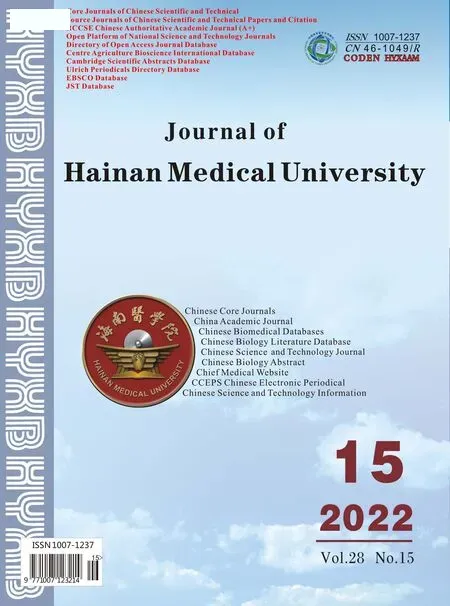 Journal of Hainan Medical College2022年15期
Journal of Hainan Medical College2022年15期
- Journal of Hainan Medical College的其它文章
- Research progress of autophagy in acute lung injury induced by multiple factors
- Research progress and comparison of the establishment of animal models of radiotherapy or chemotherapy-induced oral mucositis
- Based on the national patent database to explore the rule of traditional Chinese medicine in the treatment of hyperlipidemia
- Nonsurgical intervention for neuroclaudication due to lumbar spinal stenosis: Interpretation of the 2021 American Association for the Study of Pain Guidelines
- A mechanism to improve early diabetic nephropathy by modulating autophagy-related mechanisms with Yuye Decotion
- Study on the mechanism and active components of Radix et Rhizoma Rhei in the treatment of Alzheimer's disease based on molecular docking
